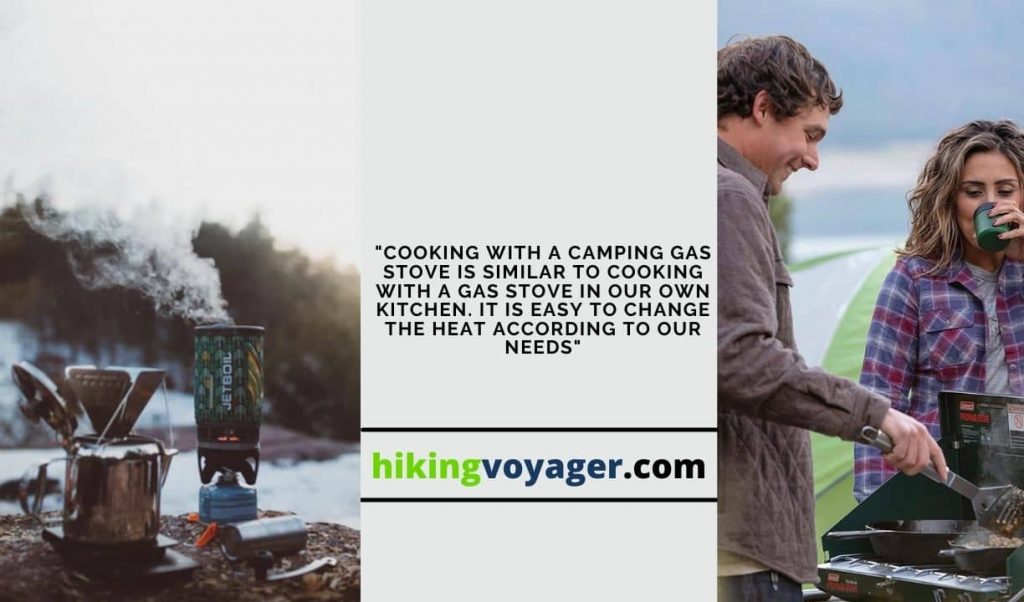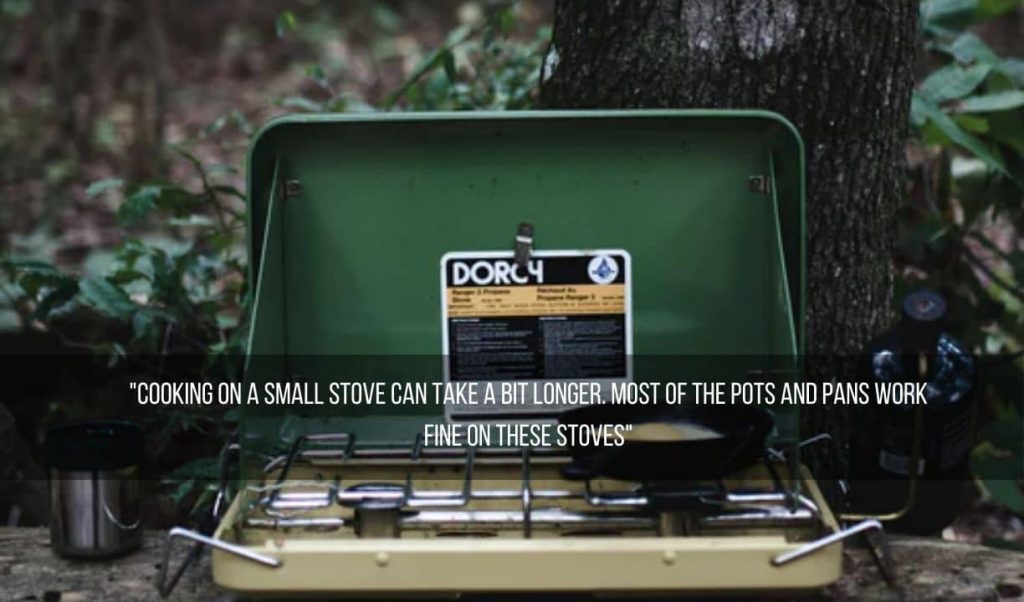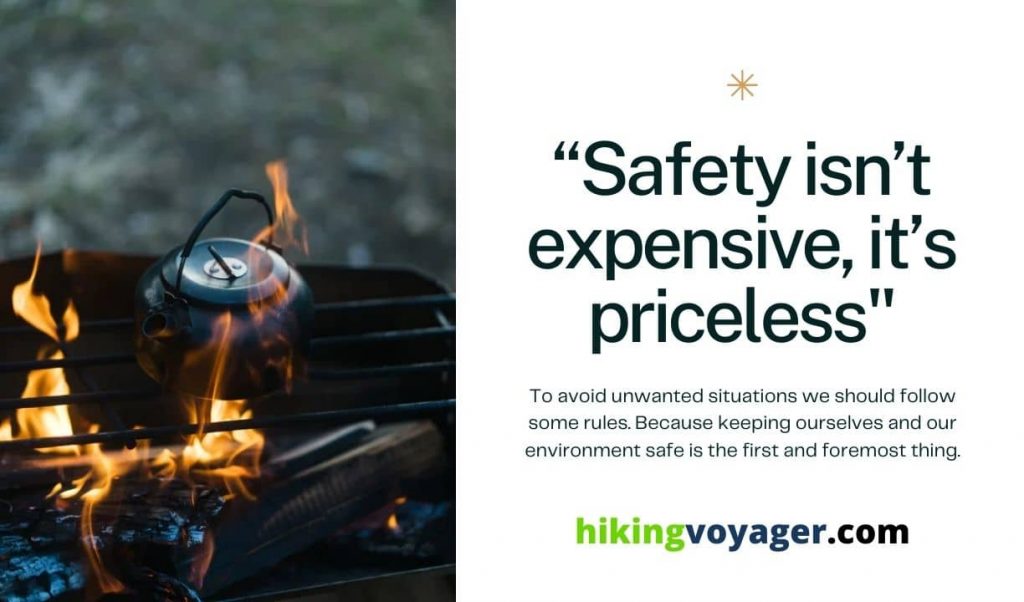For camping, one needs several things like food, water, a map, GPS, etc. But one most important thing in camping is a camping stove. For outdoor enthusiasts, a camping stove is an essential piece of equipment that opens up a world of culinary possibilities even in the great outdoors. Whether you’re embarking on a weekend camping trip, hiking adventure, or a simple backyard cookout, knowing how to use a camping stove effectively is a valuable skill.
In this comprehensive guide, we will take you through the step-by-step process of using a camping stove, from setup and safety precautions to cooking techniques and maintenance. Get ready to elevate your outdoor cooking game and make delicious meals wherever your adventures take you.
- Choosing the Right Camping Stove:
Before diving into the details of using a camping stove, it’s important to choose the right stove for your needs. Consider factors such as fuel type (propane, butane, liquid fuel), stove size and weight, burner configuration, and heat output. Each type of camping stove has its pros and cons, so choose one that aligns with your camping style, cooking preferences, and fuel availability in your desired camping locations.

- Safety First: Precautions and Set-up:
Safety should always be a top priority when using a camping stove. Start by selecting a stable and level surface away from flammable materials. Familiarize yourself with the stove’s instructions and safety guidelines provided by the manufacturer. Ensure proper ventilation when using propane or liquid fuel stoves. Double-check the connections, seals, and fuel canister compatibility before starting the stove.

- Igniting and Controlling the Flame:
Igniting a camping stove can sometimes be a bit tricky, depending on the type of stove you have. We’ll cover different ignition methods such as match, lighter, piezo ignition, or using a fire starter. Once the flame is established, learn how to control the heat output by adjusting the fuel flow or flame height. This skill is crucial for achieving the desired cooking temperature and preventing food from burning.

- Cooking Techniques:
Explore various cooking techniques that can be accomplished on a camping stove. From boiling water for beverages or dehydrated meals to frying, simmering, grilling, and baking, a camping stove can handle a wide range of cooking tasks. Discover tips and tricks for efficient fuel usage, managing heat zones, using different cookware, and adapting recipes to the outdoor cooking environment.
- Cleaning and Maintenance (200 words):
Proper cleaning and maintenance of your camping stove ensure its longevity and optimal performance. Learn how to dismantle and clean different parts, remove debris, and unclog burners. Regularly inspect and replace worn-out or damaged components. Store the stove in a clean and dry place to prevent rust and corrosion. By taking care of your camping stove, you’ll enjoy reliable performance on all your future outdoor adventures.

Safety Guidelines :
To avoid unwanted situations we should follow some rules. Because keeping ourselves and our environment safe is the first and foremost thing. here are some tips we can follow to avoid any kind of accident.
- Check we have slotted the gas canister in place correctly before we start to cook.
- Find a flat surface to place it down to prevent it from falling over.
- To ignite the stove, we should turn the knob to the right gently and listen for the click
- Placing our stove in a sheltered area from wind will help it light and it will also help to cook quicker and save on gas.
- Never forget to turn the stove off at the knob every time when finished cooking.
- Never try to cook inside the tent.
- Because tents are highly flammable.
- Never leave the gas cartridge on the stove when we are not using it.
- Wait until the stove cools down before removing the gas cartridge.
- Store gas cartridges and camping stoves in a dry place
- Clean the stove each time we use it because it needs to be clean in order to perform at its best.
Conclusion :
With this comprehensive guide on how to use a camping stove, you’re now equipped with the knowledge and skills to make the most of your outdoor cooking experience. Remember to prioritize safety, choose the right stove for your needs, and practice different cooking techniques to expand your culinary repertoire. As you gain experience, experimenting with recipes and adapting to outdoor conditions will become second nature. So, pack your camping stove, embrace the great outdoors, and savor the joy of delicious meals prepared amidst nature’s beauty. Happy cooking!
Also See How To Make A Tent More Comfortable




